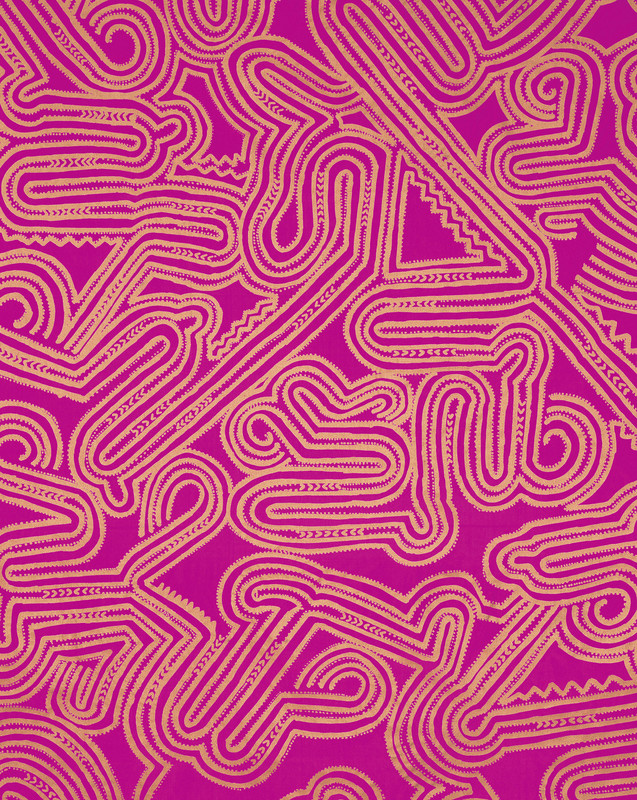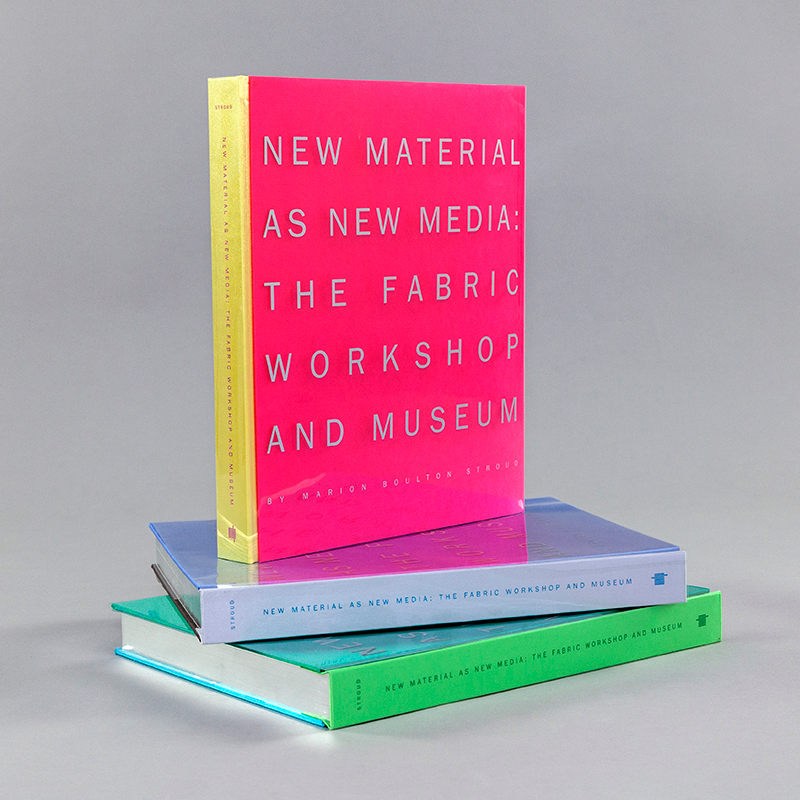The tapa cloth created by the Maisin was brought to the attention of FWM by Larry Rinder, then a curator at the Whitney Museum of American Art. In early 1997, Rinder was invited to curate an exhibition at FWM; this invitation resulted in a long-term collaboration with the Maisin, including an ambitious program of international exchanges, a residency, and an exhibition.
In response to an offer by FWM of a residency in Philadelphia for tapa artists, the Maisin women and elders held community meetings and selected three women representing various clans and villages. In September of 1997, Natalie Rarama, Kate Sivana, and Monica Taniova came to FWM’s studios in Philadelphia where they were introduced to silkscreen printing techniques and a variety of materials, pigments, and dyes.
While in residence at FWM, the Maisin artists experimented with translating their designs into prints on silk, repeat cotton yardage, and even a woven wool carpet. The range of colors available for printing created both interest and dismay for the artists; no longer limited to the natural dyes available to them at home, they were drawn to bright colors reminiscent of birds and plants of the rain forest. Ultimately, however, they were most drawn to the traditional Maisin palette of red and black.

